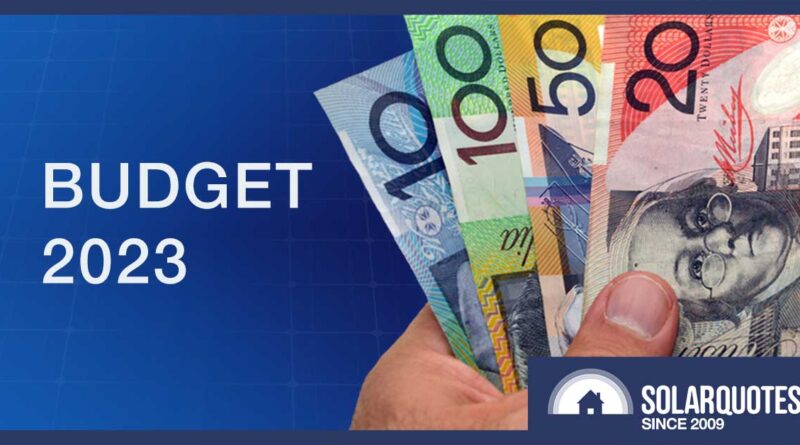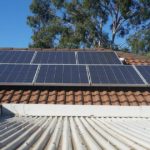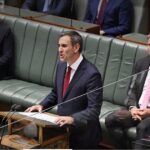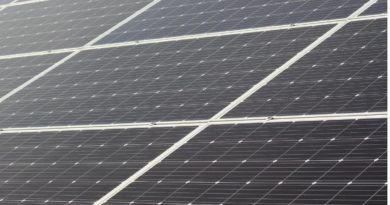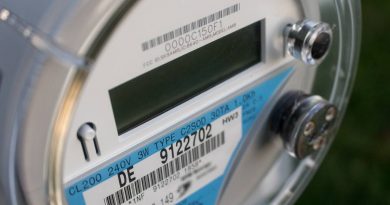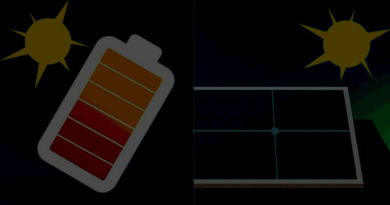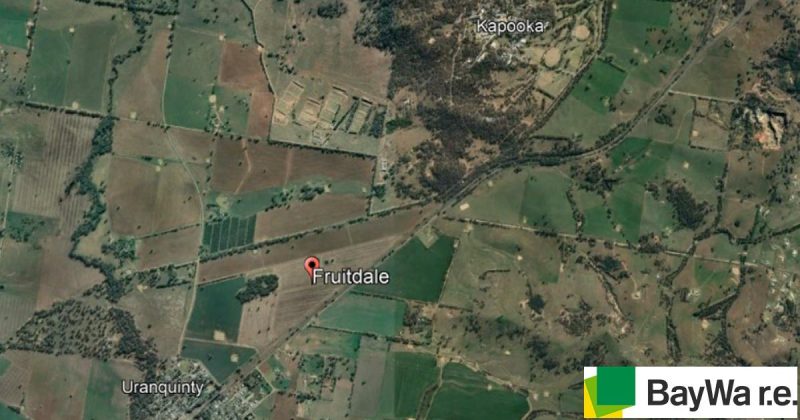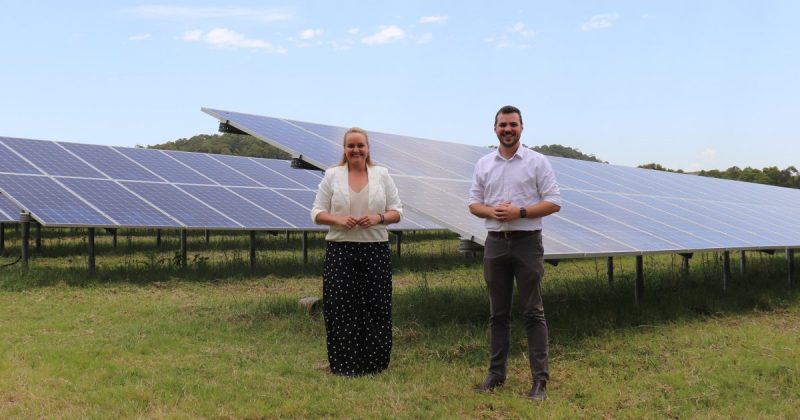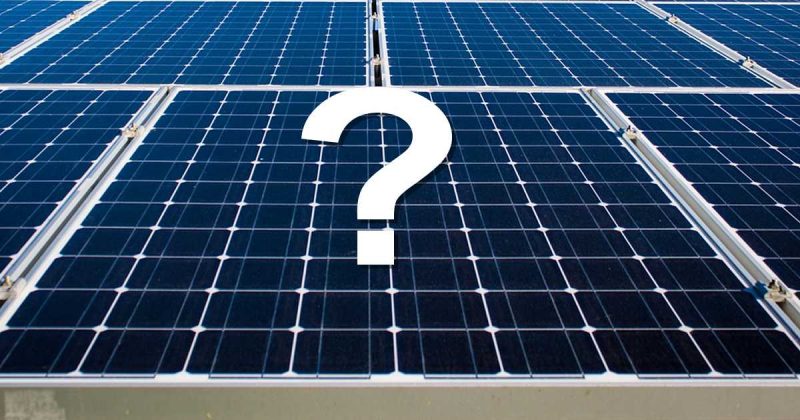Budget 2023. Direct Bill Reductions: Dumb. Low Cost Loans: Smart
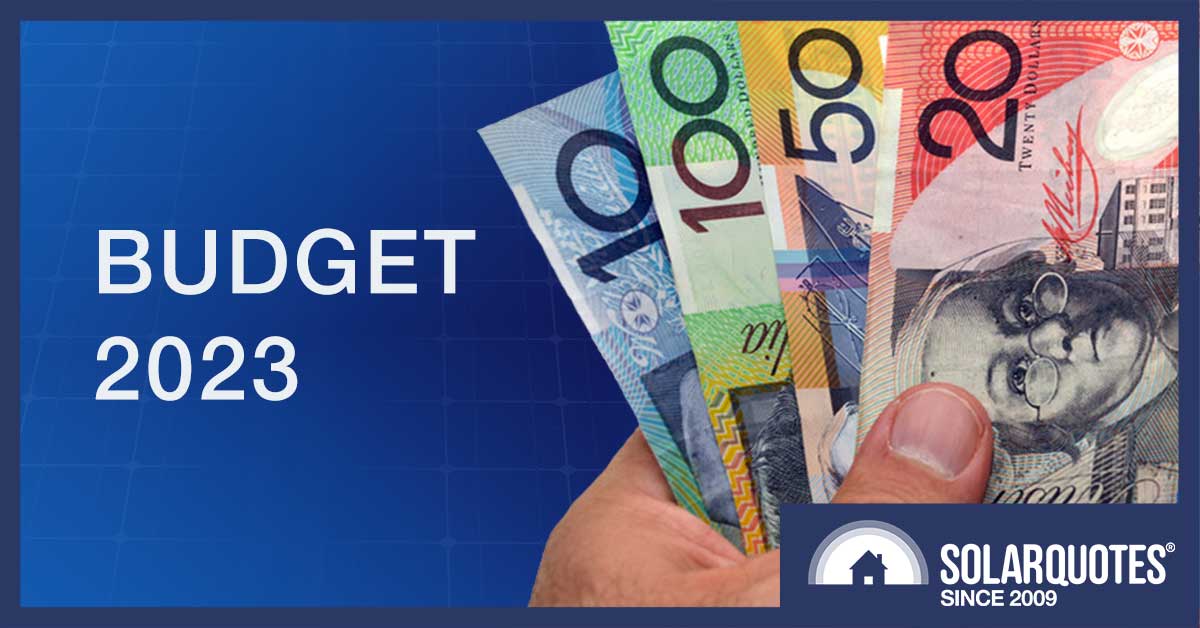
Last night the Treasurer gave a half-hour Budget speech. I listened in because lately, there hasn’t been enough boredom in my life. There is a lot I could say about this year’s budget — but I won’t. I’ll stick to discussing energy. Mostly, the Government’s plan for providing cost-of-energy relief to low-income households and how they’re doing it wrong.
I won’t say how weird it was for someone my age to see a grown man worry about 6% inflation. When I was a kid, we didn’t even know it could go that low1. I’ll just stick to discussing the economics of energy because this is an area I’ve had a lot of experience pretending to understand.
Direct Electricity Bill Relief
Thanks to the Treasurer leaking like a Swiss cheese balloon, we already knew low-income households would receive some help with energy costs. But instead of getting energy rebates in the form of direct payments to help cover higher electricity and gas prices, they will get “energy bill relief” in the form of direct cuts to their power bills. There are several reasons why this is worse than just giving people cash, but before I go into that, I’ll quote Treasurer Jim Chalmer’s exact words on the Government plan:
“We are delivering up to $3 billion in direct electricity bill relief for eligible households and small businesses, co-funded with the states and territories. More than 5 million households will have up to $500 deducted from their power bills in the next financial year. Real relief, right off your power bill, right when you need it.”
Pulling out my calculator and dividing “up to $3 billion” by “more than 5 million households” it comes to under $600 per household. It’s unclear how much will go to small businesses, but it is mathematically possible for most eligible households to get up to $500 off power bills over the next financial year.
Who Gets It?
On page 10 of the Statement One Budget Overview, it says:
“Support to households will be targeted at those most in need, including concession card holders, those who receive family and carers payments and recipients of electricity concessions under existing state and territory schemes.”
So it will mainly go to pensioners and those receiving Centrelink payments.
Not The Best Way To Help
Directly decreasing electricity bills will help low-income households. But it’s not the best way to go about it. Overall, just giving a payment people can spend as they like is a better option. After all, who doesn’t like being given money? But besides natural human preferences, there’s a good reason why cash is better.
Spending money to directly lower people’s electricity bills reduces their incentive to save electricity. If electricity bills rise by $500, but you then lower them by $500 people have no reason to change their consumption. They’re likely to use just as much as before.
But if you instead let electricity prices rise by $500 but give households a $500 payment to spend as they wish, you spend the same amount helping them. However, they still have an incentive to reduce electricity consumption because they’re paying a high price for it. They will immediately economize on consumption and be motivated to permanently reduce their need for grid energy by investing in solar panels or energy efficiency measures. If they want, they can put the cash payment towards those panels and look forward to lower bills for decades.
Giving money will provide the immediate benefits of reducing electricity consumption and financial hardship, while also reducing grid electricity consumption in the future.
If the cash payment is the same for each household, then those that don’t use much electricity because they have solar or are frugal can come out ahead. This is a good thing because it rewards people for taking steps to reduce their grid electricity consumption and can encourage others to do the same.
Put simply, the direct electricity bill relief method the Government has chosen does not encourage energy efficiency.
An Unbelievable Explanation
The budget documents say…
“Rebates will be delivered through reductions to electricity bills to minimise any potential inflationary impacts.”
But that’s bullshit.
Giving people $19.23 every fortnight through their pension or Centrelink payment will have the same effect on inflation as lowering their monthly electricity bill by $41.66. Because electricity consumption will be higher than if they were given cash payments, electricity prices will be pushed up for everyone — households and businesses.
I suspect the government is directly lowering electricity bills because it will marginally reduce the amount of money they need to spend providing relief. They’re hurting everyone slightly to make a line in their budget look better. This is likely to be a false economy. The choice also benefits energy companies, and that may not be an accident.
It’s not just Australians who will be hurt by this choice, but the entire world. International energy prices are still high, and if Australia reduced consumption, it would help everyone else by slightly lowering them. High energy prices help Putin, and we should avoid giving him a hand because he’s what international relations experts call a complete shithead.
Better Than Nothing
While they’re not going about it in the best way, the direct bill relief will help reduce financial hardship for many households. The majority that doesn’t receive any assistance will have to deal with higher electricity prices as best they can. But they will end up paying a little more than they would have if the Government had decided to provide relief more effectively.
But There Is Good News
Now I’ve got that off my chest; in better news for Australian energy inflation, the budget earmarked $1.6B for an energy-saving plan, including $300 million targeting our embarrassingly inefficient social housing, and $1B for low-cost loans for solar panels, batteries and efficient appliances. If this means genuine low-cost loans instead of the phoney 0% interest offers that simply push up the purchase price, I welcome it. Small businesses will also receive $310M in tax relief for electrification and energy efficiency.
Just don’t get me started on the $2bn for a “hydrogen headstart” program…
Footnotes
- At one point, a girl in my class had $500 in a term deposit and was getting 15% interest. I think she owns Toowoomba now. ↩
Original Source: https://www.solarquotes.com.au/blog/budget-2023/

